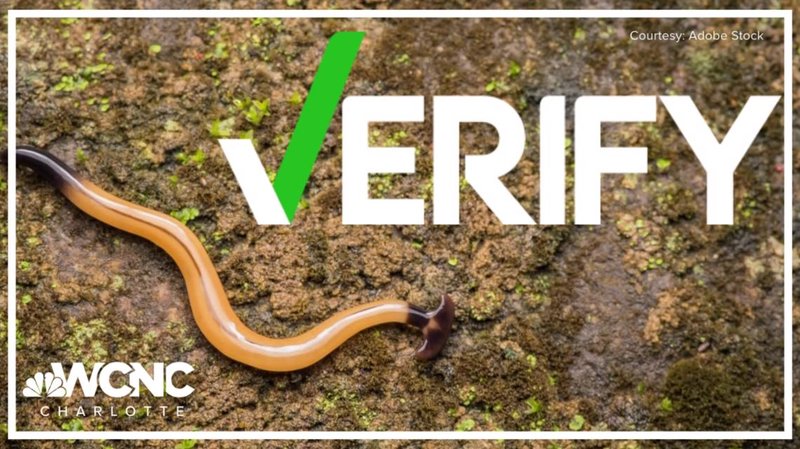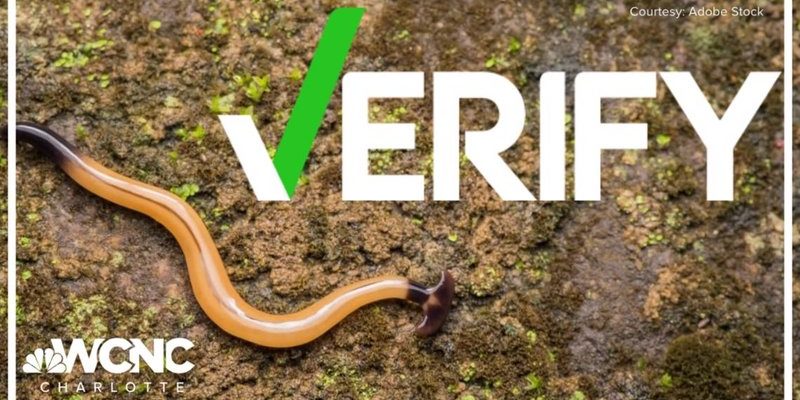
Hammerhead worms, belonging to the *Bipalium* genus, are known for their distinctive shape—like a hammer, hence the name. These flatworms are typically found in tropical regions and are often seen in gardens or damp, leafy areas. You might even come across them while digging in your backyard! To understand their regenerative powers, it’s essential to grasp how their body works and the implications of this amazing adaptation.
What Are Hammerhead Worms?
To start, let’s paint a clearer picture of what hammerhead worms are. These creatures are relatively flat and can grow several inches long. They have a unique head shape that resembles a hammer or a spatula, which is pretty cool, right? Most often, you’ll find them in shades of brown, tan, or even bright colors that help them blend into their surroundings.
You might wonder how they got this unusual name. The flattened head allows them to navigate the moist environments they thrive in, and it also plays a role in hunting. Hammerhead worms are carnivorous, primarily preying on earthworms. They use their secretions to paralyze their meals, making it easier to devour them. This hunting method is quite effective, but it’s their regenerative abilities that really steal the show!
Can Hammerhead Worms Regenerate?
Now, here’s the million-dollar question: can hammerhead worms regenerate after being cut? The short answer is yes, they can. But let’s unpack that a bit! When a hammerhead worm is cut into pieces, each segment has the potential to grow into a new worm. Isn’t that wild?
This regeneration process isn’t just about growing back a part of their body. It involves complex cellular processes. Each piece of the worm reorganizes itself, enabling it to develop into a fully functional worm. Researchers have studied this phenomenon to understand better how these worms manage such incredible feats.
You might be asking yourself how exactly this works. When a hammerhead worm is sliced, the cells at the cut edges begin to multiply and differentiate, essentially forming new tissues. This process is called regeneration, and while many creatures in nature can regenerate to some extent, hammerhead worms are among the most proficient.
The Regeneration Process
So, how does the whole regeneration process play out? When a hammerhead worm is cut, a series of events kicks off. First, the cells at the cut surface begin to multiply. This is like a construction crew getting to work after a wall has been damaged—you need new building materials to reconstruct what was lost!
Next, these cells start to differentiate, meaning they change to become specialized cells that will make up various parts of the worm. For example, some cells will become muscle cells, while others turn into nerve cells. This is essential because a functional nervous system is needed for movement and coordination.
As the regeneration continues, you might notice the new segments start to develop distinctly. Over time, the worm will resemble its original form. Research shows that it can take anywhere from a few weeks to several months for a hammerhead worm to completely regenerate, depending on factors like size and environment. This ability not only helps them recover from injuries but also allows them to thrive in their ecosystem.
Why Regeneration Matters
You may wonder why regeneration is such a big deal in nature. For hammerhead worms, this ability is crucial for survival. When they’re threatened or injured, being able to regrow parts of their body means they have a better chance of avoiding predators and continuing their life cycle.
From a scientific perspective, studying the regeneration of hammerhead worms can lead to valuable insights into biology and medicine. Understanding how these creatures regenerate could help researchers find ways to enhance healing processes in humans. Imagine if we could apply the same principles to human injuries!
Also, the study of regeneration can reveal information about cellular processes and how organisms adapt to their environments. It opens up a world of possibilities in regenerative medicine, potentially leading to groundbreaking treatments for various ailments.
Comparing Hammerhead Worms to Other Regenerating Creatures
It’s fascinating to see how hammerhead worms stack up against other regenerative creatures. For instance, we often hear about starfish and their ability to regrow limbs after injury. Similarly, axolotls, a type of salamander, can regenerate not only limbs but also parts of their heart and brain.
Here’s how hammerhead worms compare:
- Hammerhead Worms: Can regenerate body segments and grow entirely new worms from cut pieces.
- Starfish: Can regenerate lost arms but often need part of their central disc to regrow.
- Axolotls: Regenerate limbs, tail, spinal cord, and even parts of their heart, brain, and eyes.
Each of these creatures has unique methods and capabilities when it comes to regeneration, and studying them all helps scientists unlock the secrets of healing and adaptation in nature. The more we learn, the more we realize how interconnected life is and how much we can learn from these remarkable adaptations.
So, can hammerhead worms regenerate after being cut? Absolutely! These strange yet fascinating creatures can grow back parts of their body, turning what might seem like a disadvantage into a survival advantage. Their remarkable ability not only helps them thrive in their environment but also provides researchers with a valuable look into potential applications in medicine and biology.
In nature, regeneration serves as a reminder of resilience and adaptation. Whether it’s a hammerhead worm losing a piece of itself or a plant re-sprouting after a storm, life has a way of finding a way through challenges. So next time you dig in your garden and spot one of these unique worms, remember the incredible journey that a simple cut can set in motion!

